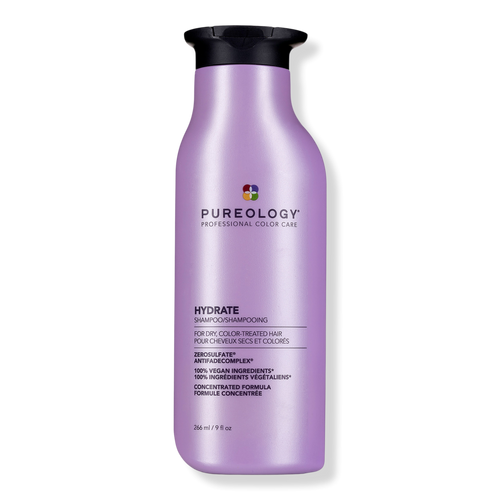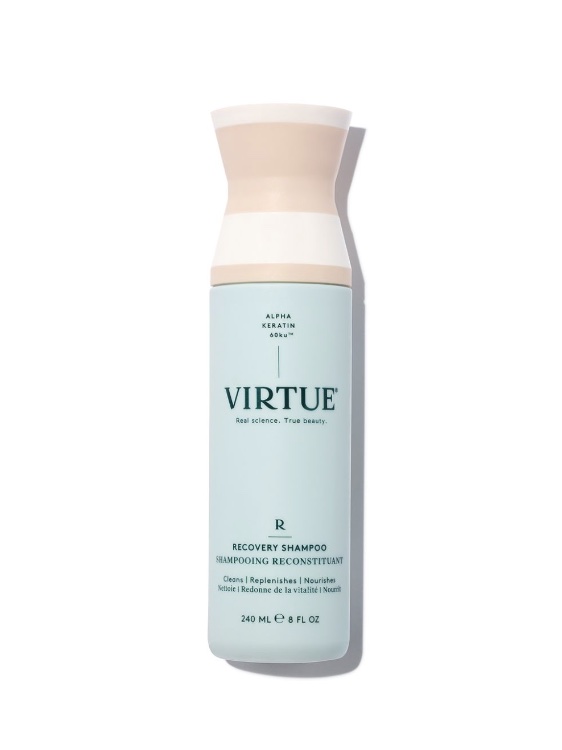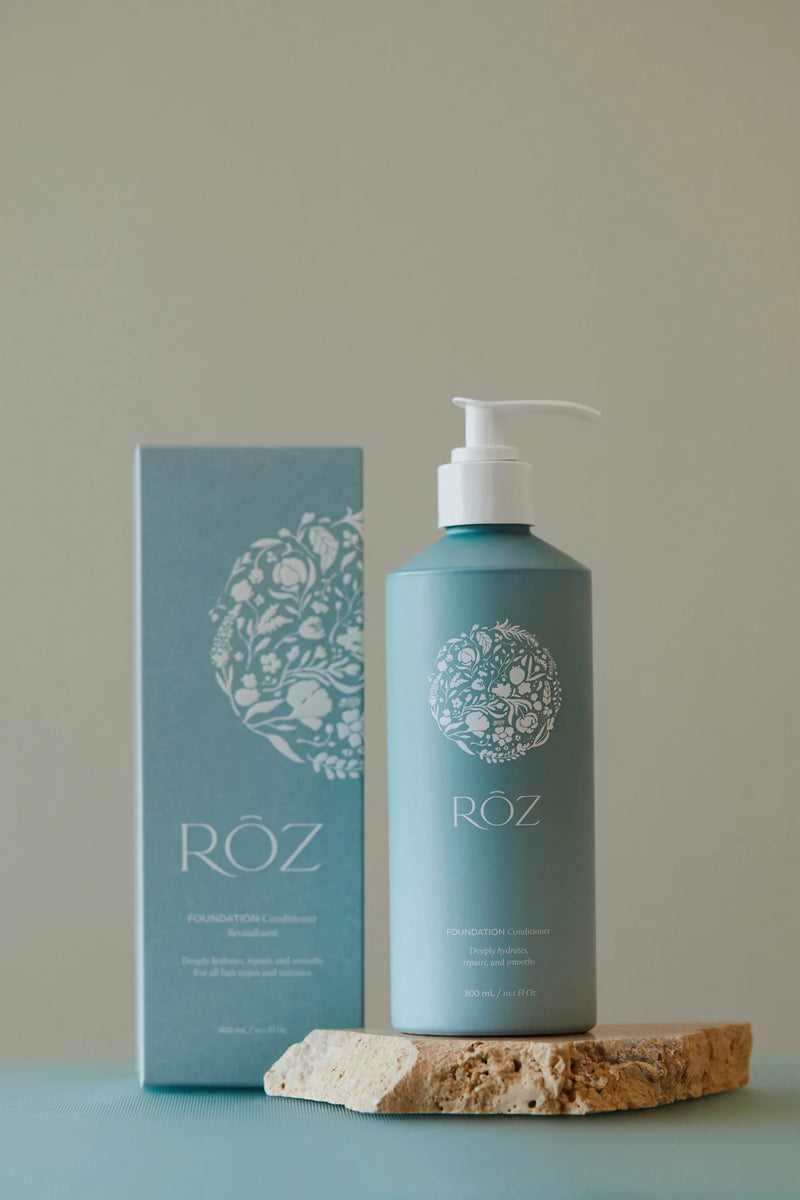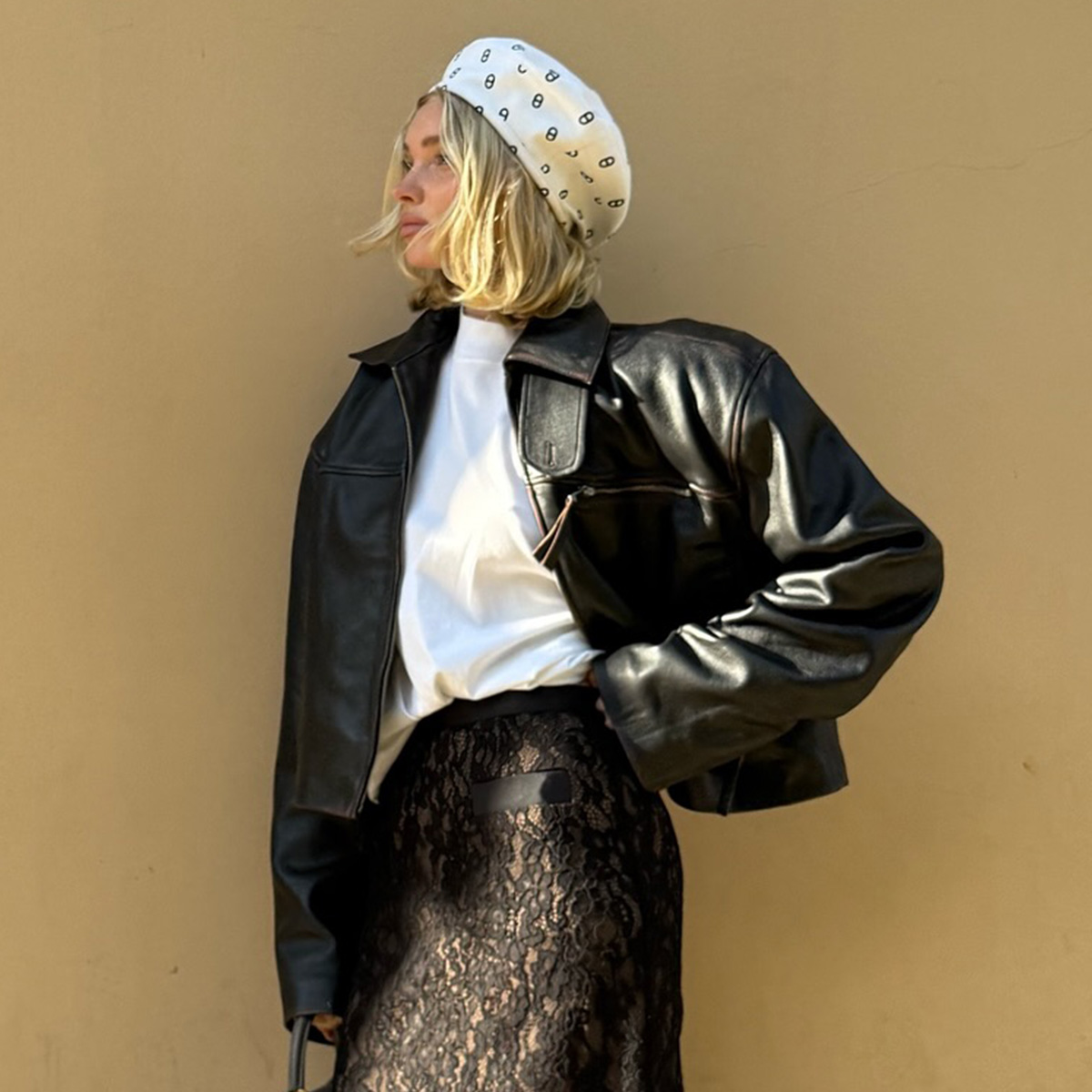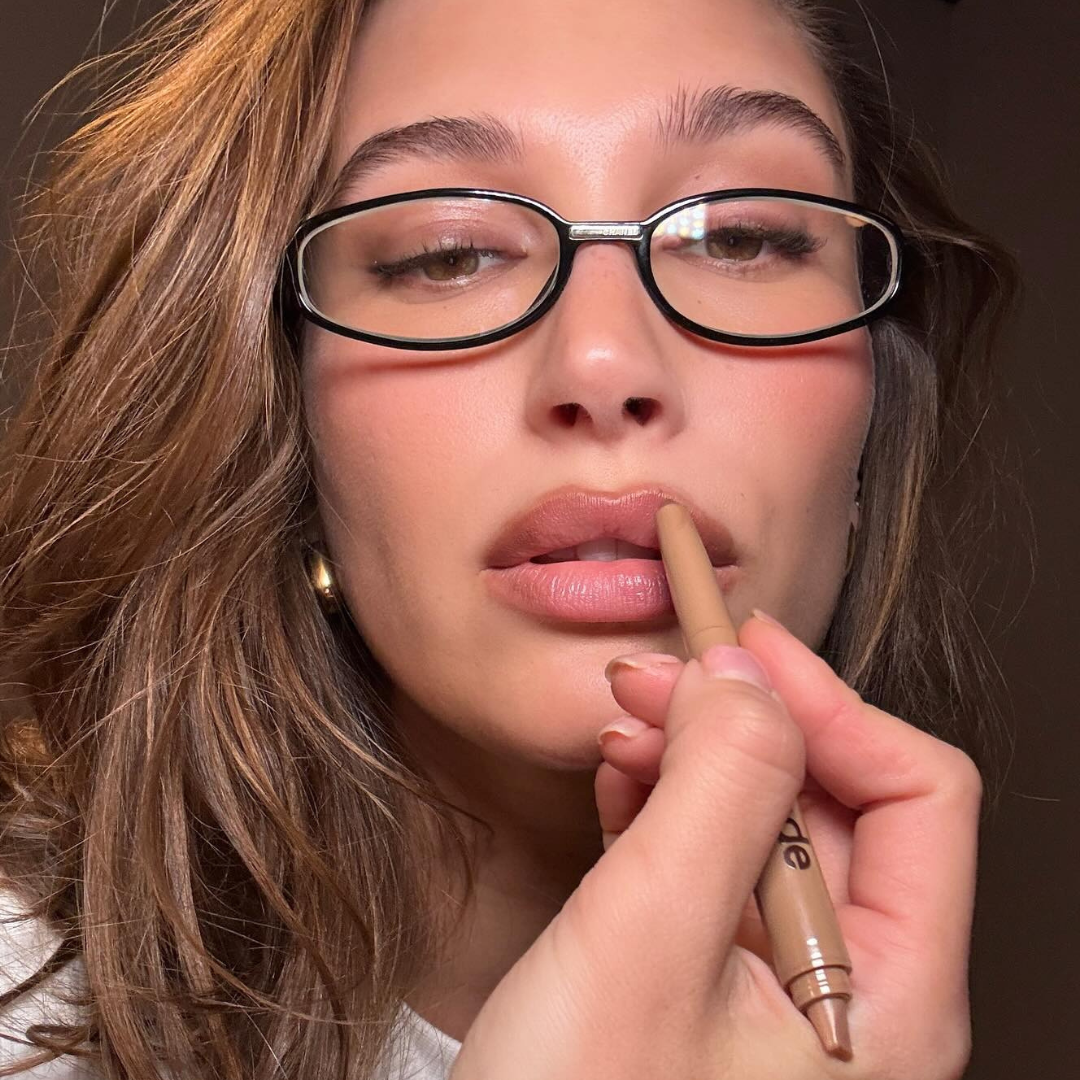Going Red Changed My Brain Chemistry—Why It's the Best Thing I've Ever Done
I didn't realize how tightly my platinum-blonde hair was wound into my sense of identity until, suddenly, I couldn't be a blonde anymore.
Up until a few months ago, I had been some iteration of blonde my entire life. As my naturally blonde hair darkened (around high school), I started putting more and more effort into gaming the system and making it lighter. I was fighting nature, vacillating between phases of highlights and bleach and tones, and honestly, I'm still surprised to this day that I was left with any hair on my head. (Ahem, bleach really does a number on your strands and your scalp.)
Alas, after years of good behavior and somehow maintaining long, thick, practically damage-free hair despite my lightening habit, my luck ran out and my hair finally threw in the towel. It was like suddenly, my head threw one huge tantrum to make up for the years of abuse I had put it through. I'd break out into full-body hives the second the bleach would touch my scalp at the salon, and while I scraped through for about a year with lots (and lots) of Benadryl pre-appointment, it was a Band-Aid solution. Sure, it kept the burning outbreak of hives at bay but not the actual damage my hair and scalp were enduring. As my wonderful colorist, Cassondra Kaeding, explained to me, there's almost always an expiration date for bleaching. It had been a nice run, but it was now time for it to end. Except, I wasn't ready.
I couldn't imagine a world where I would feel anywhere like myself and not be blonde. I think I also had a weird subconscious fixation that maybe my bright-blonde hair—usually the first thing I was ever complimented on—was the single thing that made me attractive or desirable. (Problematic, I know, but as someone who has a history of body dysmorphia, not all too surprising.) As backward as it may sound, I felt like my blonde hair was my superpower. Ask any human, and they probably have some singular trait—be it physical or personality-wise—that they feel equally dependent on.
We experimented with darker shades of blonde, but for some reason, that was almost harder on me than if I had done a 360 and dyed my hair an entirely different color. If I couldn't be bright platinum blonde, then I didn't want to be blonde at all. And if I was going to try something new, I wanted it to be entirely unexpected.

In a spur-of-the-moment decision at the salon—Kaeding works at Crâne in Los Angeles alongside celeb stylist Aaron King—we (meaning Kaeding, her assistants, King, and me) agreed I should pull the plot twist of all plot twists and go red. I believe Kaeding's exact words were, "Fuck it. Let's do it." And surprisingly, I had not one shred of anxiety. After we had talked it through, red really made the most sense for me if we wanted to try something other than blonde. It would be a nice contrast to my light skin and blue eyes, and since we'd be adding pigment back into my hair, I would no longer be damaging my strands each appointment. Red also happens to be Kaeding's specialty, so I couldn't have been in better hands. Leaving the salon, I was on cloud nine and had never felt calmer and more at peace. (Folks, for someone who is change averse, this was extremely bizarre.) Strangely, I felt more like myself and far more relaxed than I had ever felt blonde. It was as if 10 pounds had been lifted from my shoulders, and for once, I didn't care what anyone else thought. I loved it, so who cared if other people didn't or thought I had looked better as a blonde.
It's been a few months now, and I've only fallen deeper and deeper in love with my red hair, and we've had a lot of fun playing around with and tweaking the color. (I'm currently a deeper auburn hue that I'm obsessed with.) Interestingly, I think I unknowingly carried a lot of toxic energy around with my blonde hair. When you *incorrectly* think there's only one thing about you that makes you you or that makes you worth dating or being friends with, etc., it can do a number on how you perceive your worth. Not to mention, it can feel like a lot of pressure. By dyeing my hair red, I was basically giving the middle finger to all of those old toxic thoughts and hangups. And after a tough year mental health–wise, it's exactly what I needed. I felt like an entirely new person, and I joked to my friends and family that it was almost as if I had gotten a brain transplant, not merely changed the color of my hair.
Of course, I would advise putting a little more planning and thought than I did into a dramatic hair color change (I'm really just so lucky I happen to have one of the best colorists in the industry!), so I asked Kaeding to share all of her tips and advice for anyone else who may be considering going red. Plus, if you scroll way down to the bottom, you'll find the haircare staples I'm currently reliant on to keep my strands vibrant and shiny. Keep scrolling!
What to Expect If You're Considering Going Red

1. Dedication and *High* Maintenance
"I'd say the most important thing to remember about red hair color is that it’s the hardest color to keep and the hardest color to remove," warns Kaeding. So if you're thinking about going red, be prepared to stay a while. "Red is a very high-maintenance color," she emphasizes. "This is because the red color molecules are much larger than the molecules in other tones and colors."
Typically, you can expect the most fading after your first couple of appointments, and after that point, the color will hold better and your salon appointments can be less frequent. (For reference, I've seen Kaeding twice now after my initial launch, and each appointment has been spaced out by six weeks or so.) Since red requires more upkeep and salon visits than other hues, cost and budget are things to keep in mind before taking the plunge.
Since red tends to fade fast, be sure to limit how often you shampoo and heat-style your hair, and make sure you prioritize color-safe and hydrating haircare formulas. If you're someone who needs or likes to shampoo their hair every day, you may want to rethink going red.
2. Less Stress and Damage to Your Strands
"A lot of clients think that going red is extremely damaging to your hair, but you can actually go red with out having to bleach your hair," Kaeding explains. Of course, this depends on how dark your natural hair color is, but the great thing about red is how many iterations of the hue there are to experiment with. (For instance, in a matter of months, I've gone from a brighter red to more of a coppery-strawberry blonde and am now a richer auburn shade I love.) And as Kaeding pointed out, it was absolutely the right move for someone like me, who was dealing with lots of damage after years of bleach and tones. It's only been a few months, but it's like I have an entirely new head of hair—my hair just feels (and looks!) so much healthier.
3. Choose a Colorist Who Has Lots of Experience (and With Red Tones, Specifically)
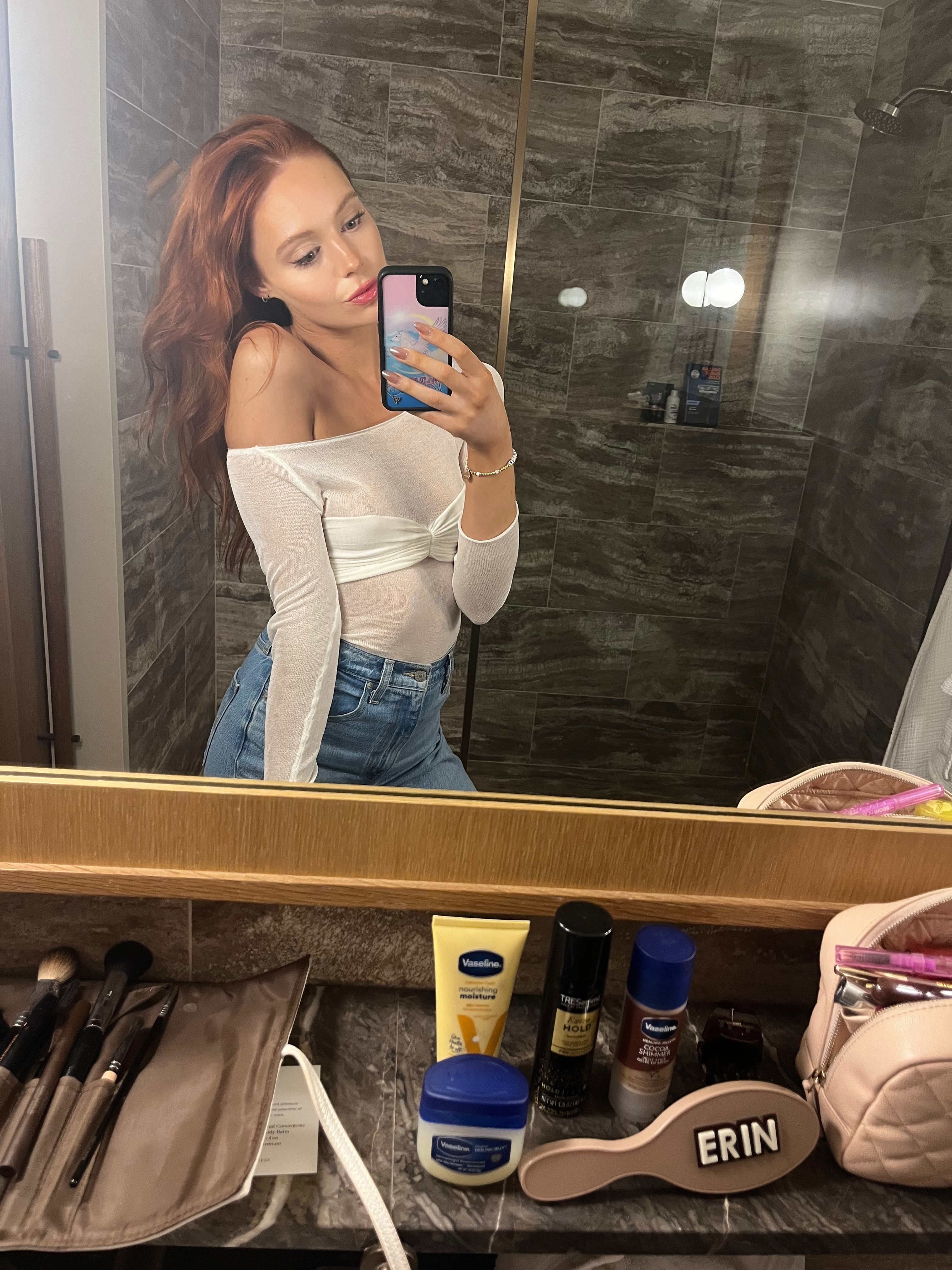
I always joke that at this point, I would trust Kaeding with my life, but I'm really only half joking. As I mentioned earlier, our hair plays such a vital part in our identity, and it can truly affect the way we feel mentally and physically. The art of hair color is a science, but it also requires lots of experience and artistry.
"In this situation, by choosing red, you were actually going with a color that was great for both your skin tone and eye color," Kaeding tells me. "You were already light, so we just needed to deposit the missing pigments and then formulate the color of your liking." It's worth noting that depositing times vary, so Kaeding tells her clients to be prepared to sit in the salon for a few hours, anywhere from two to six. (I was there closer to the latter!)
"Red has so many different levels, tones, and backgrounds, which has always made it intriguing to me," says Kaeding. "When I first started my career, I realized many of my colleagues didn’t want to take on red clients, because great results can be harder to achieve. But you know me; I love a challenge! I started trying different reds on friends, family, models, and anyone who would let me. It took lots of practice, but I love a pretty red hair color!"
I am so lucky to have Kaeding (who is behind some of the most famous crimson hues in the industry), and I know for a fact I would never have gone red if I didn't feel I was in good hands. Do your research, analyze a colorist's work, and get a consult before committing to the change.
4. Know What to Do Before and After Your Appointment
Kaeding echoes my sentiment that doing your research before your appointment is paramount. "Make sure you do your research, and bring in inspiration photos. It’s always great for your colorist to see visuals." She also notes that it's a good idea to wait three to four months after your last color service (if you've already been lightening or coloring your hair) before you make the change.
After your red color service, it's vital to not wash your hair for at least one to two days post-appointment, which will help you maintain the vibrancy and shine. (You'll also want to avoid heat tools, if possible, as they cause faster hair fade.) Some other interesting tips I didn't think about… Switch out any white pillowcases or bedding for a few days after your transformation (unless you're looking to dye them a new color!), and don't freak out if you see a lot of red coming out in the shower the first few times you shampoo. For context, I believe Kaeding told me my shower would like a "blood bath," and while it wasn't quite on that level, I'm definitely glad she warned me and assured me that it was a normal part of the process.
5. You Will Most Likely Have to Reconfigure Your Entire Product Routine
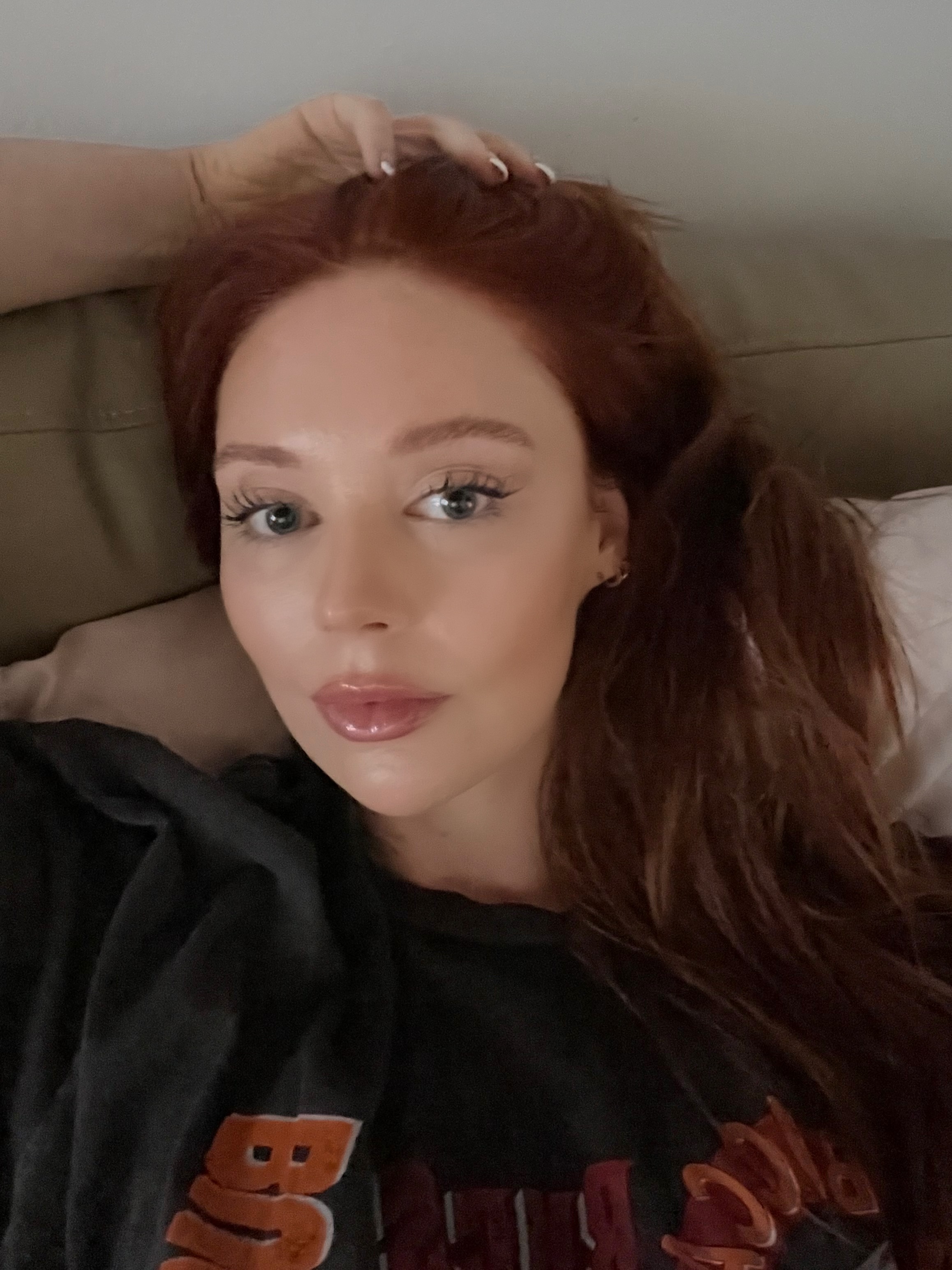
While I've kept a few mainstay products in my hair routine (mostly treatments!), I've had to almost completely overhaul my regimen, which used to be composed almost solely of purple, clarifying, and bond-building formulas. (Oh, the life of a platinum blonde.) These days, the focus is on products that are hydrating, color-safe/preserving, and more natural, as I'm still trying to heal my strands and reverse the damage I accrued as a longtime faux blonde.
One note of caution: Color-depositing shampoos, conditioners, and treatments can help a bit with fading, but consult with your colorist before you go rogue at home. "This is important because all red products have different tones," Kaeding cautions. "Ideally, the best solution is to see your colorist in between appointments for a gloss, which they can customize. This way, you can 100% stay true to your desired color and undertone."
6. Take Your Personality Into Account
The beauty of going red is that literally anyone can pull it off since. As I've mentioned, there are so many beautiful iterations that can complement different skin tones and undertones. That being said, you will want to consider your personality and how often you like to make changes to your hair and color. "I would say that really the only person who shouldn't go red is someone who likes to change their hair color often," says Kaeding. "In that case, red is really not your best option, especially since it usually takes a few appointments to truly lock in your ideal color."
Shop My Current Red-Hair Staples
Shampoos & Conditioners
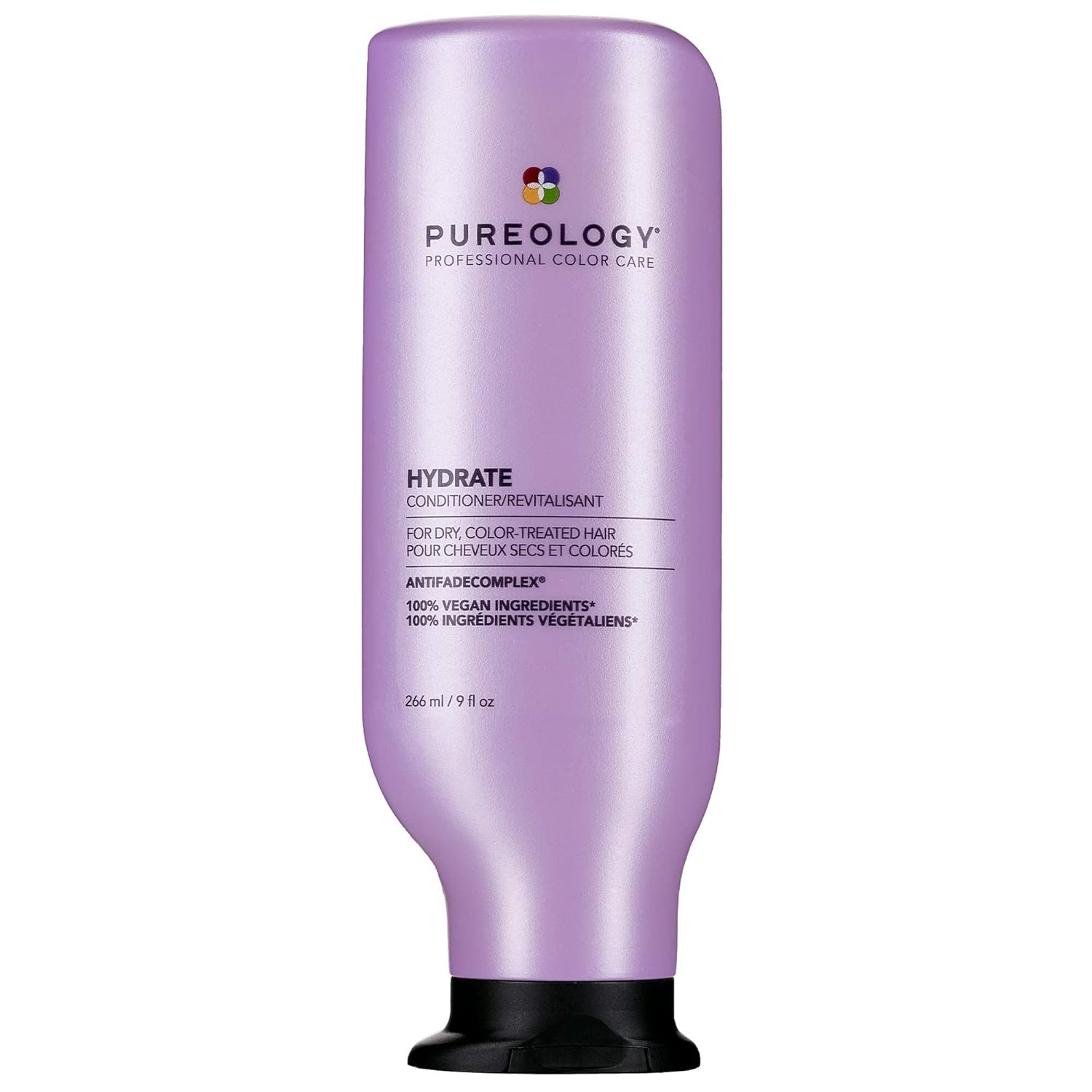
I love this hydrating shampoo and conditioner from Pureology. I feel like I'm getting a thorough cleanse without stripping my color or any moisture from my hair. If my hair is feeling extra dry or depleted, I'll use the brand's Hydrate Superfood Hair Mask ($42) instead of the regular conditioner. There's also a version of the Hydrate line for fine hair, but as someone who has fine hair myself, I don't find this one to be too heavy.
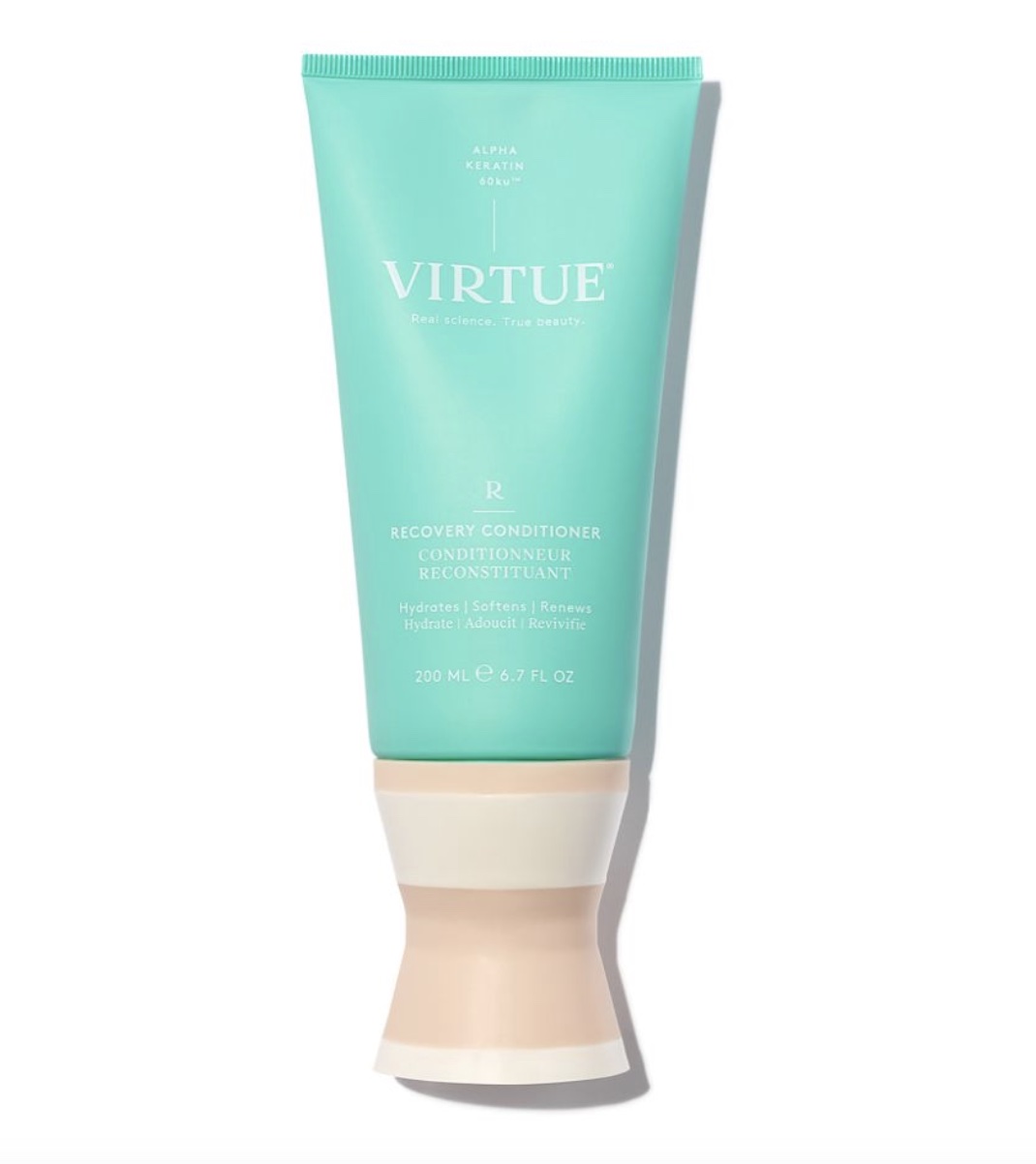
I love every single product Virtue Labs makes, but lately I've been leaning hard into the Recovery Shampoo and Conditioner. (I like to rotate it with the Hydrating formulas from Pureology.) The shampoo and conditioner feature the brand's hero ingredient, Alpha Keratin 60ku, which is extracted from ethically sourced human hair, thus serving as a more recognizable and usable keratin source for our body. It directly latches on to areas of damage to fill them in and ultimately leave you with stronger, healthier hair. My strands always look and feel like silk afterward, and I'm also obsessed with the scent.
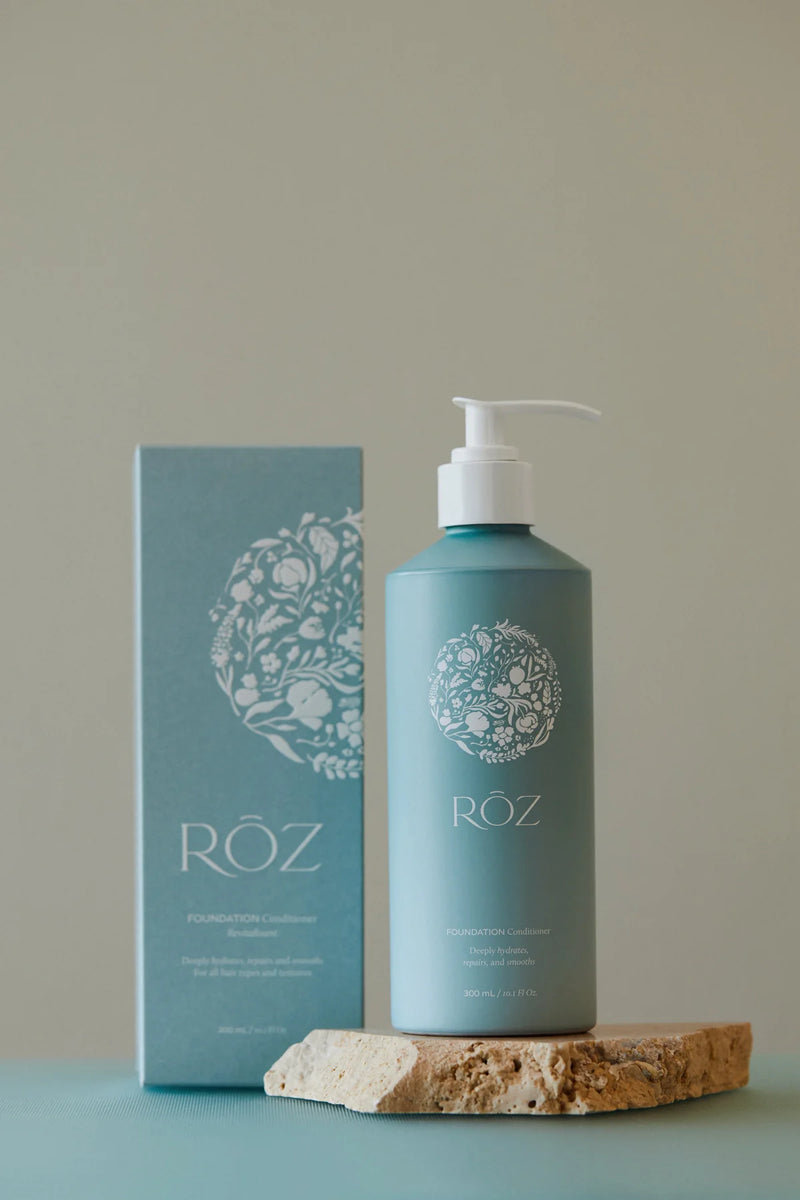
I adore celebrity hairstylist Mara Roszak, and I adore her line of natural haircare products, Rōz. I shunned most natural formulas for years because I never felt I could get the results (shine! softness! strength!) that I could with their non-natural counterparts. Rōz was the line that finally changed my mind. It's no surprise that the line has already become a cult-favorite among celebs and fashion people. (For the record, my boss, Who What Wear Editor in Chief Kat Collings, and her boss, CCO of Who What Wear and Marie Claire Hillary Kerr, are also big fans.)
Treatments & Styling
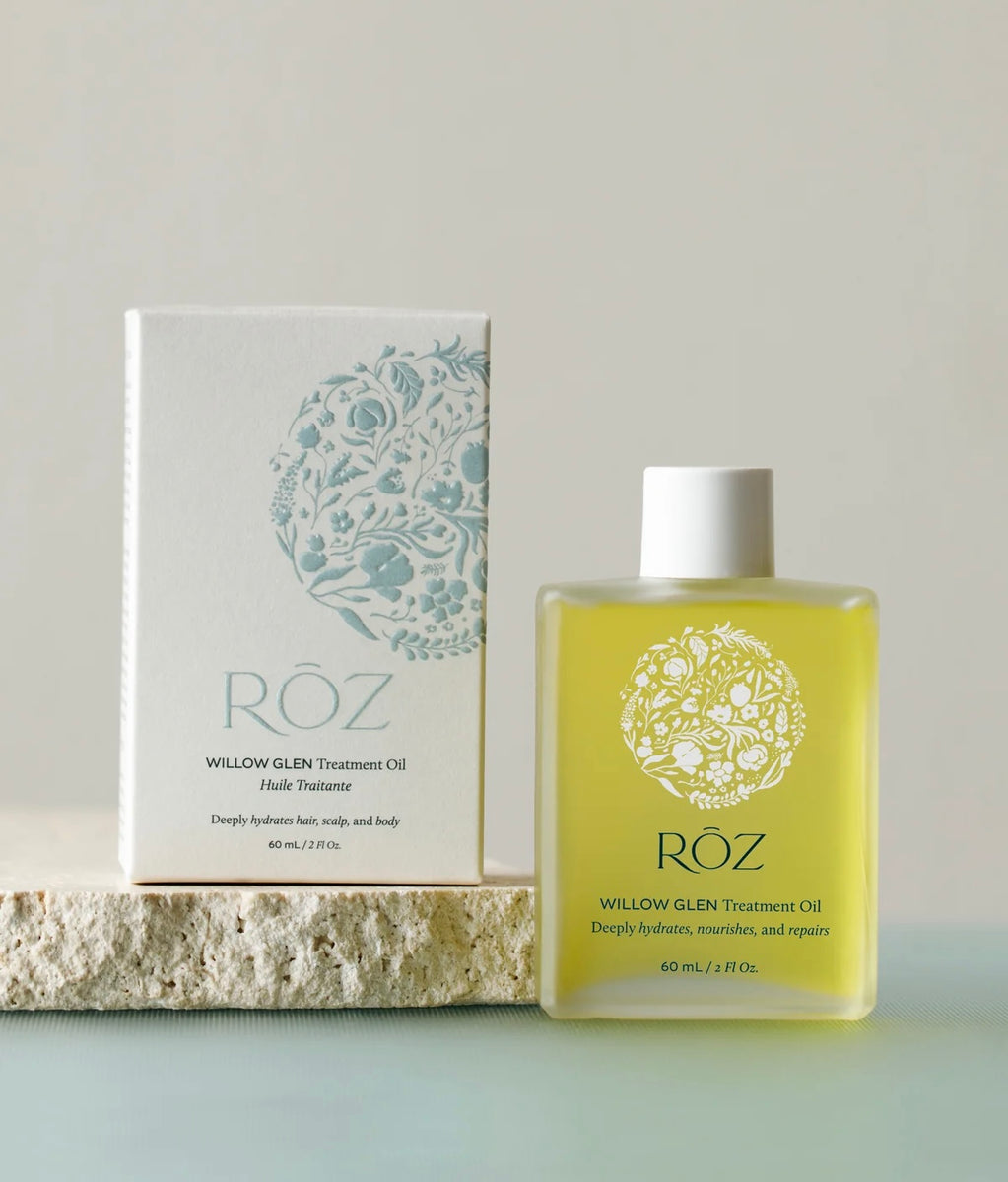
Surprise, surprise, this pre-shampoo treatment oil from Rōz is like liquid gold for my dry hair.
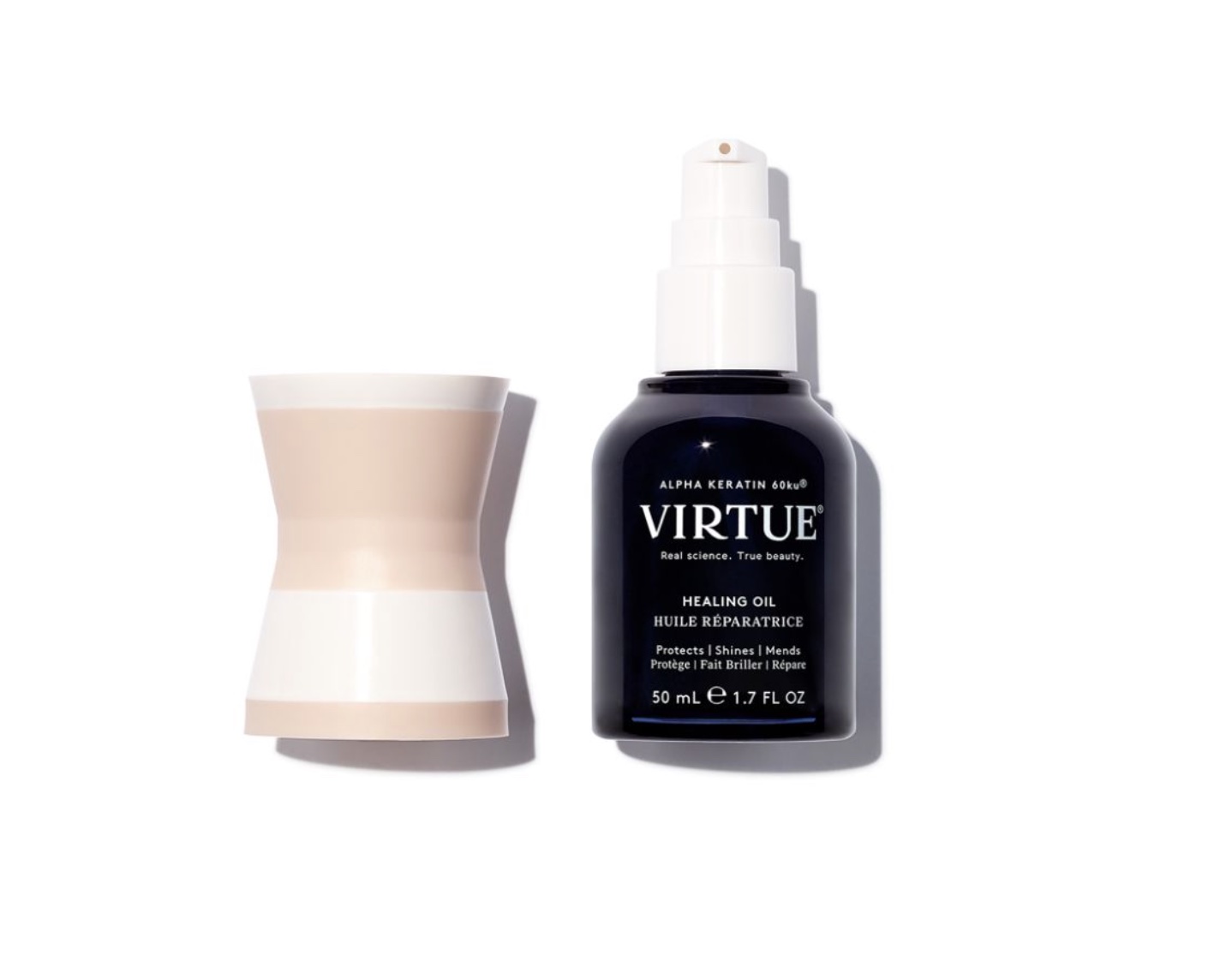
This stuff is magical. (FYI, I define magical as any product that can truly transform your hair with one use.) It smells intoxicatingly good yet not too overpowering, and it absorbs like a dream. Even if you go a little wild, you won't be left with a greasy and disastrous aftermath. And I say that as someone with very fine hair! I usually apply a little to my damp hair and a little more once it's dried. It's like "Bibbidi-Bobbidi-Boo" in a bottle. Strands immediately look and feel shinier, stronger, softer, and all-around healthier. Plus, it's another formula that contains the brand's signature Alpha Keratin 60ku.
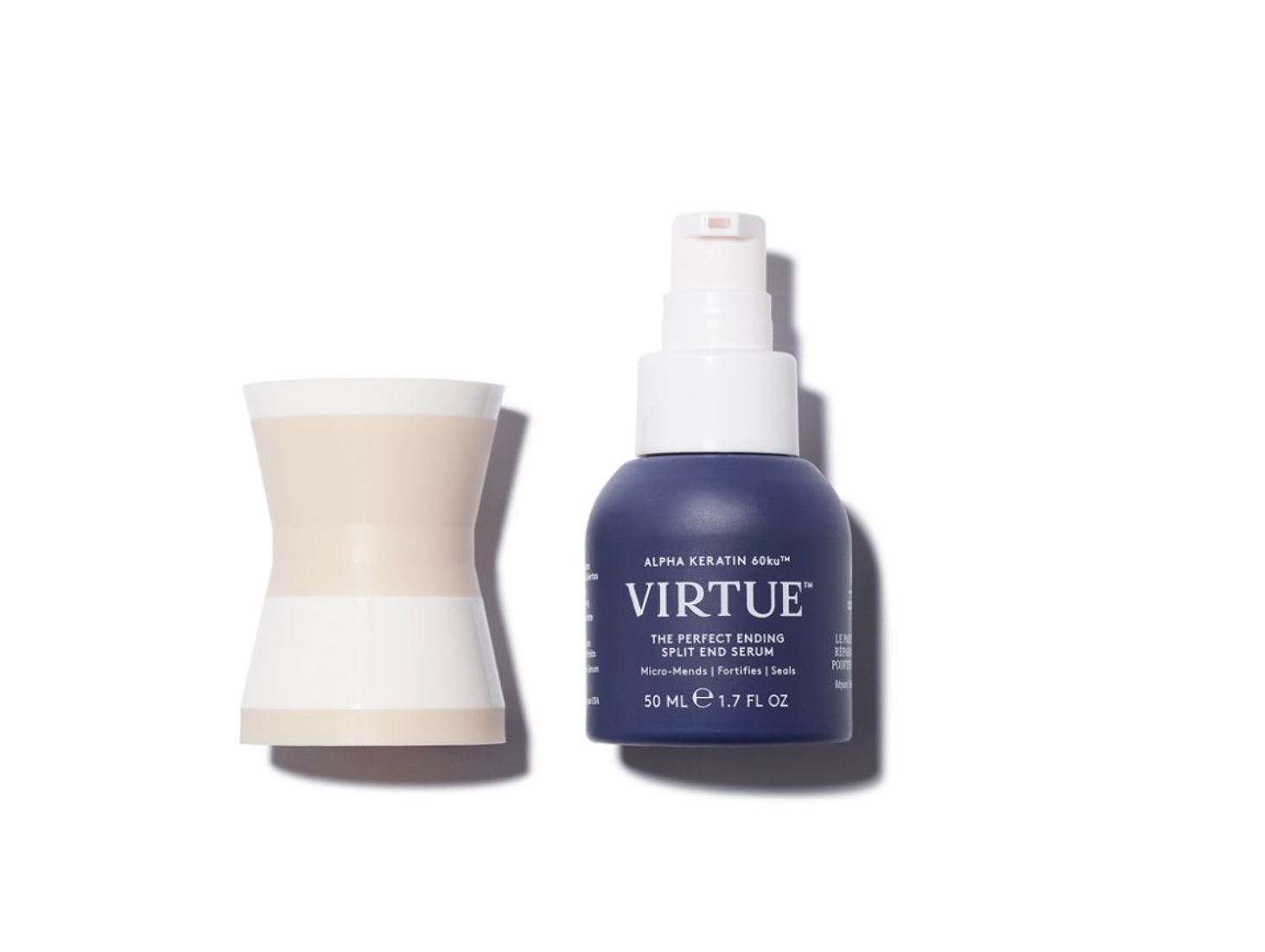
Celebrity hairstylist Mark Townsend once described this split-end treatment to me as "a haircut in a bottle," and it couldn't be a truer sentiment. I love it combined with the Healing Oil, and it does truly zip up and repair anything that's splitting or fraying. I also appreciate that you can use it on dry or damp hair.
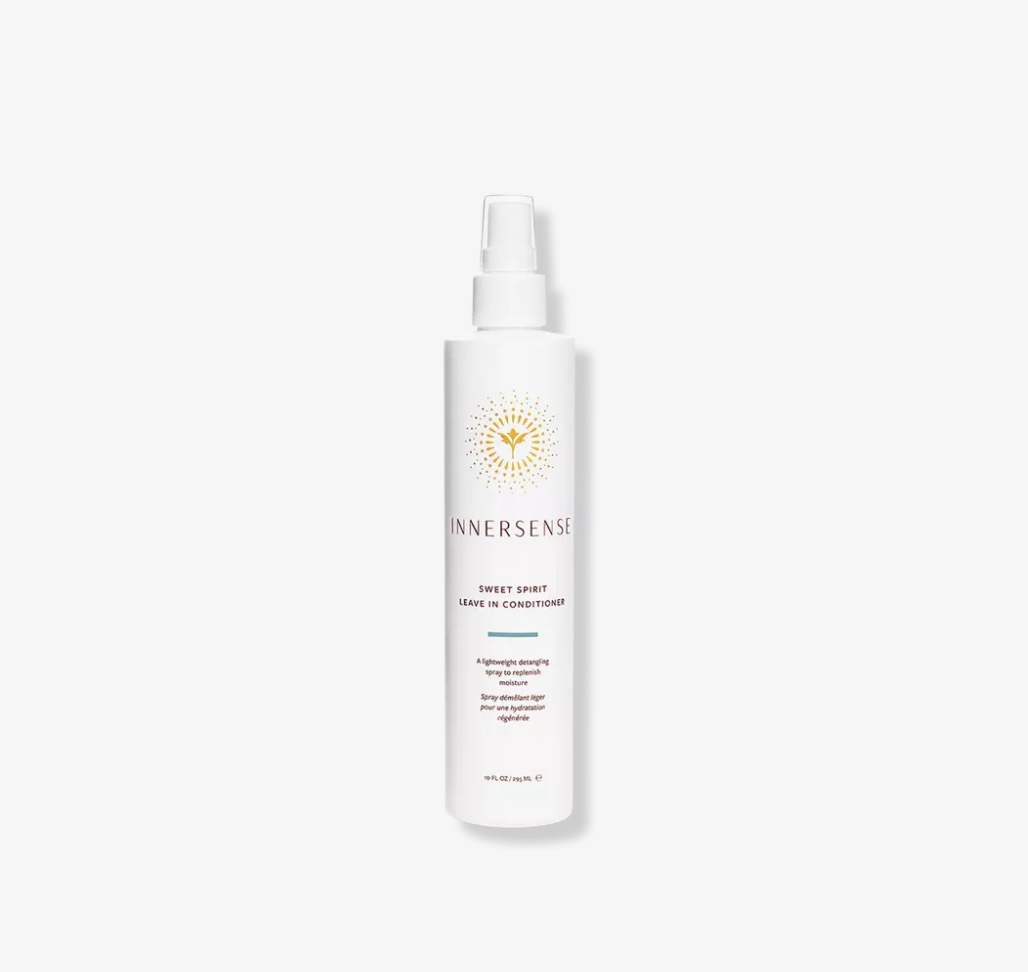
I've been loving this leave-in from Innersense. So much so, in fact, that it caused me to break up with another longtime-favorite detangler that I had been using for roughly 10 years. It detangles, smells like a dream, and lends lots of softness, smoothness, and shine. Oh, and it's lightweight and never makes my strands feel oily or weighed down!
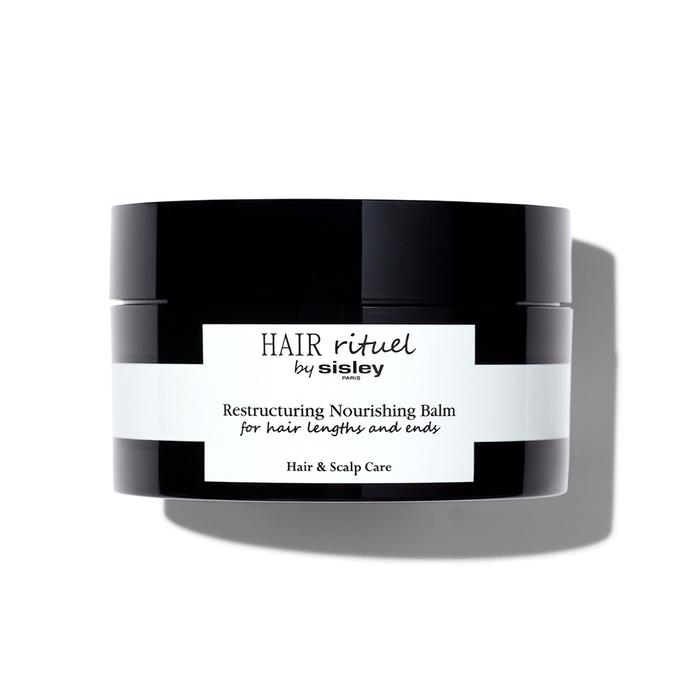
It's not cheap, but this stuff will last you forever. (It's been a regular in my rotation for a couple of years now, and I am still on my first tub!) The scent is insane—in the best way—and one of my absolute favorite tricks is to saturate my dry hair with this stuff before pulling my strands into a sleek, slicked-back style. Your hair, again, will smell next-level amazing, and no one will know your chic style is actually a damage-proofing plan stealthily at play. Leave it in for as long as possible (sometimes I'll even go days) for shine, softness, and smoothness galore.
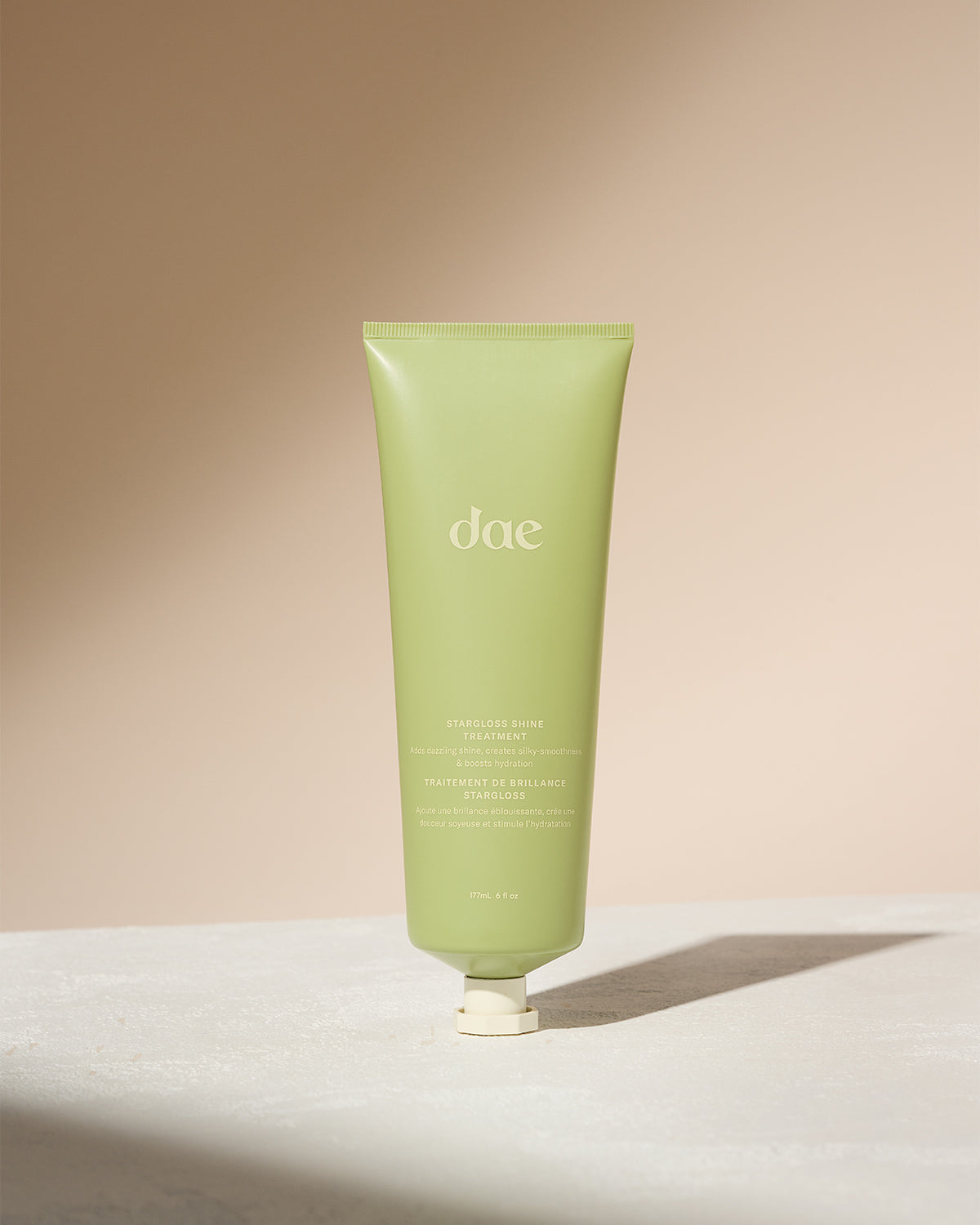
I love this glimmering pre-shampoo treatment so much I recently wrote an entire dedicated review on it.
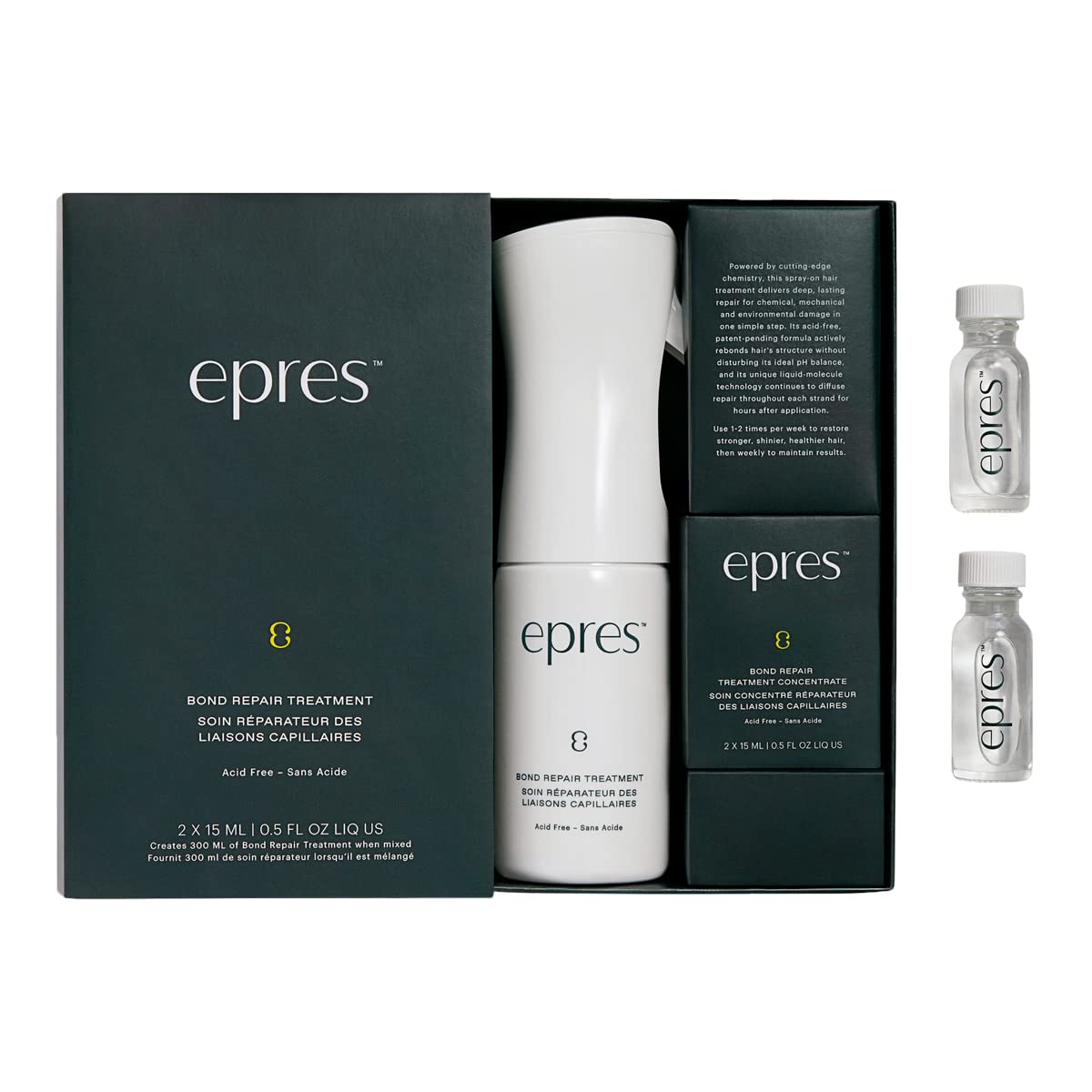
After years of almost solely using bond-repair products on my hair (there is such a thing as too much of a good thing, friends), I've really slowed my roll on the category. That said, THIS stuff, I am obsessed with. It's created by Eric Pressly, the most patented inventor in bond repair, who is also behind a little-known brand you've probably never heard of, Olaplex. (I joke.) Anyway, because this is an oil-based product, I find that it gives me so much more hydration and shine than any other bond-building treatments I've tested. You simply dump the vile into the squirt bottle, add water until it's full, and then spray it on dry hair until your strands are completely saturated. It's recommended to let it sit for at least 10 minutes, but I like to leave it in all day or all night, since you can't really overdo it. You should get three to four usages out of each vial/bottle fill, and I use it every other week or so.
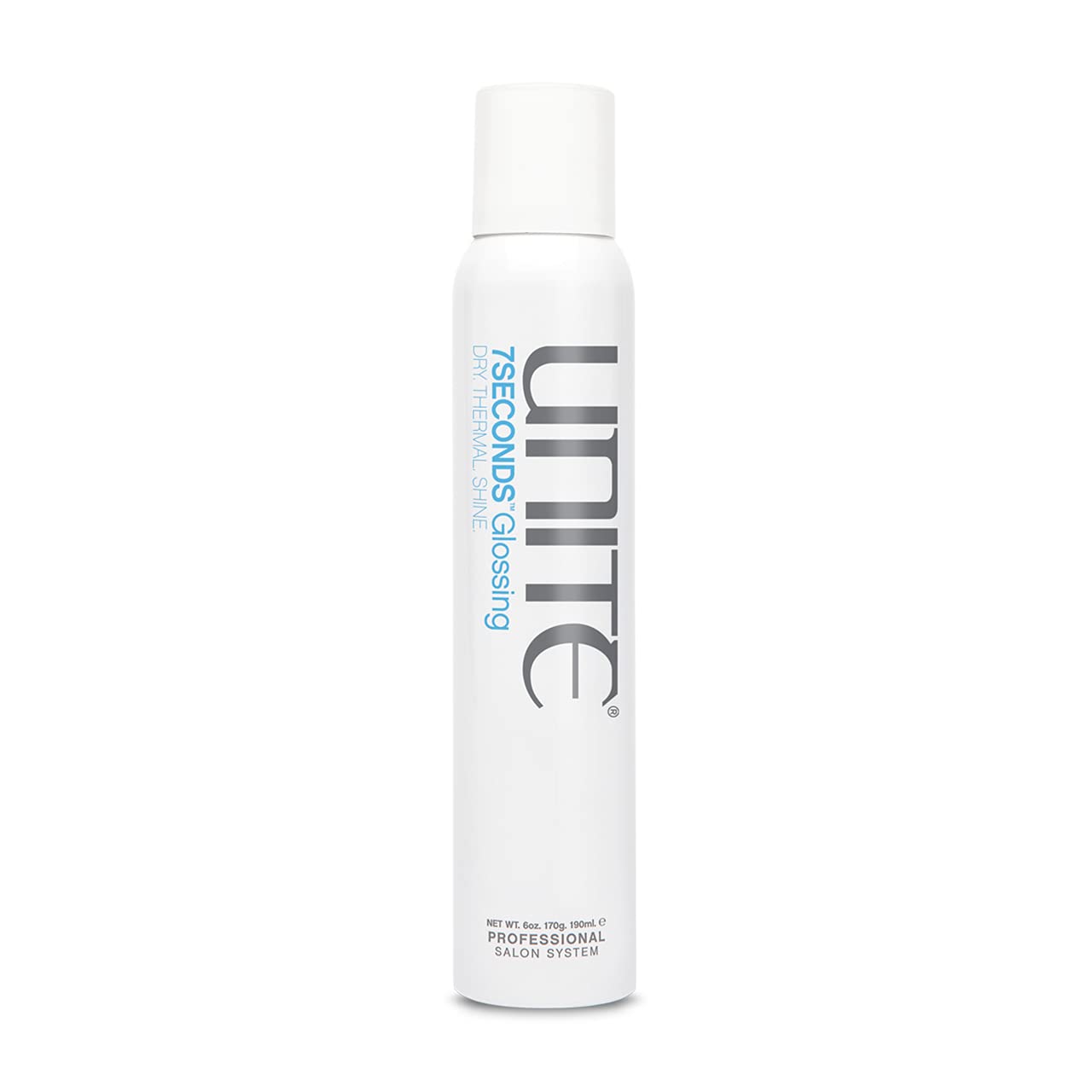
I love this heat protectant and glossing spray from Unite. I'm a minimalist when it comes to styling products because I absolutely hate the feeling of product in my hair, but I love that this is lightweight and can be used both before and after heat tools.
Erin has been writing a mix of beauty and wellness content for Who What Wear for over five years. Prior to that, she spent two and half years writing for Byrdie. She now calls Santa Monica home but grew up in Minnetonka, Minnesota, and studied writing, rhetoric, and communication at University of Wisconsin, La Crosse. She studied abroad in Galway, Ireland, and spent a summer in L.A. interning with the Byrdie and Who What Wear family. After graduating from UW, she spent one year in San Francisco, where she worked as a writer for Pottery Barn Kids and PBteen before moving down to L.A. to begin her career as a beauty editor.
-
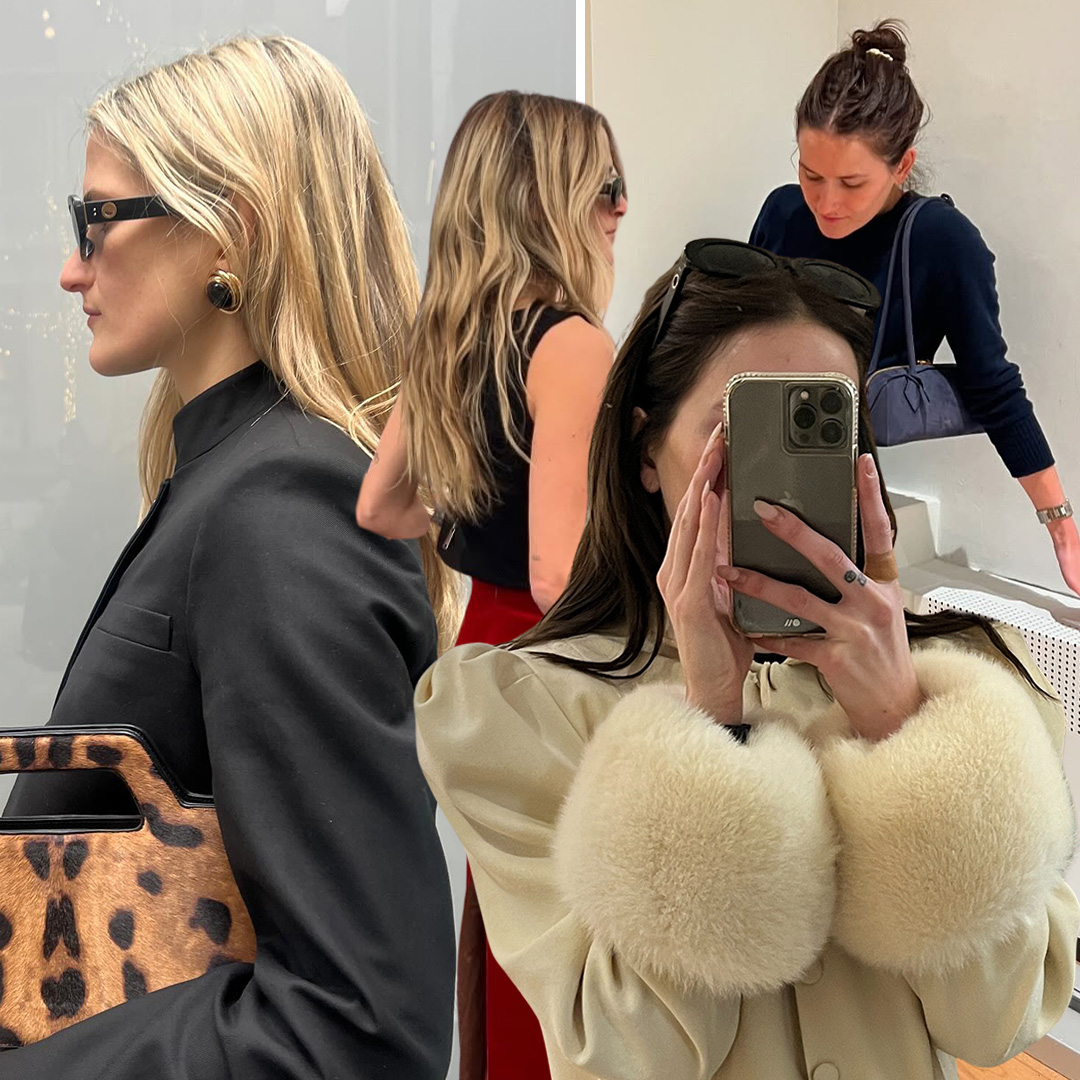 I Just Went From Blonde to Brunette After 11 Years—5 Wardrobe Color Swaps I'm Making to Adjust
I Just Went From Blonde to Brunette After 11 Years—5 Wardrobe Color Swaps I'm Making to AdjustAn expert weighed in.
By Eliza Huber
-
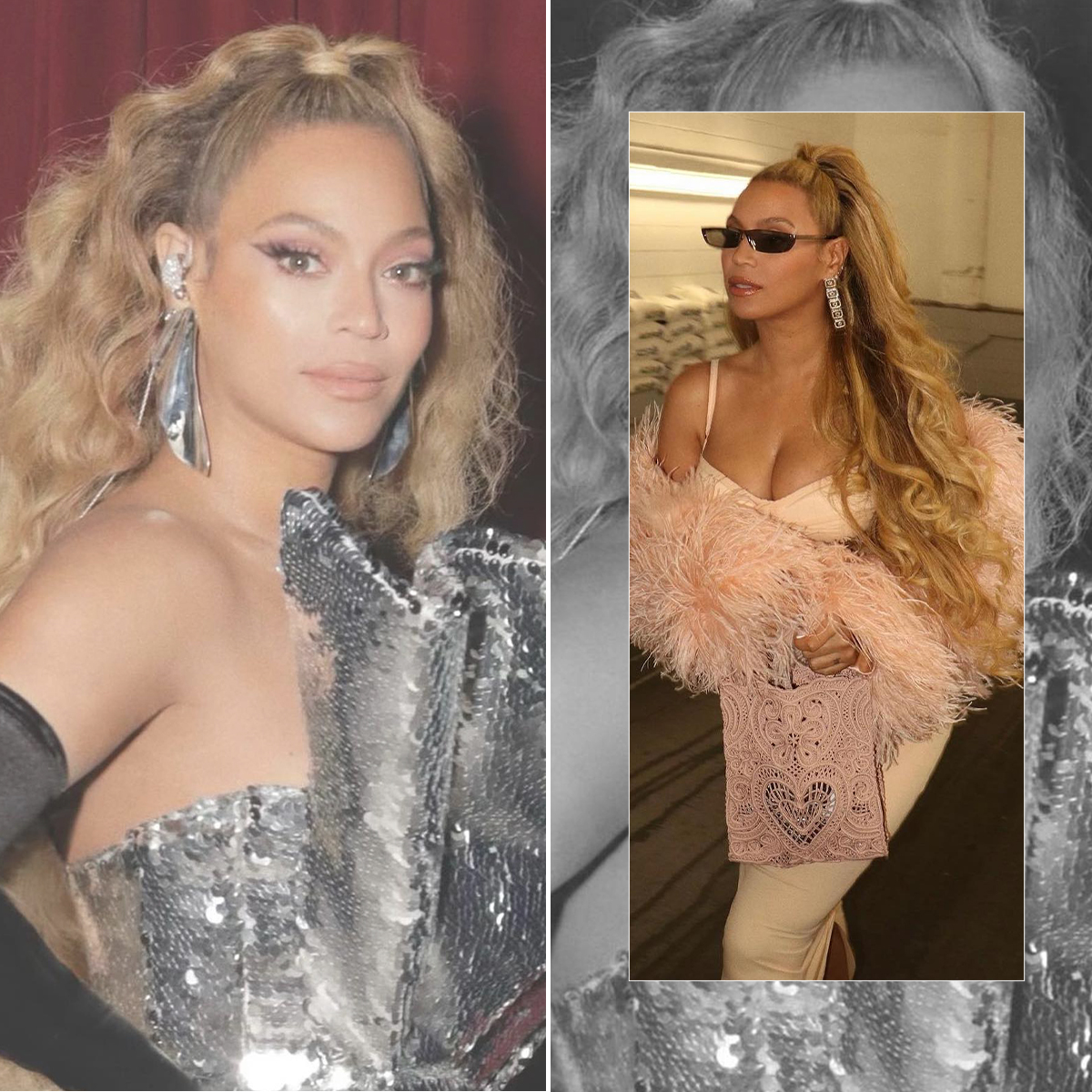 Beyoncé's Colorist Has Spoken—Chantilly Is the Next Big Hair Color
Beyoncé's Colorist Has Spoken—Chantilly Is the Next Big Hair ColorIt's perfect for fall.
By Shawna Hudson
-
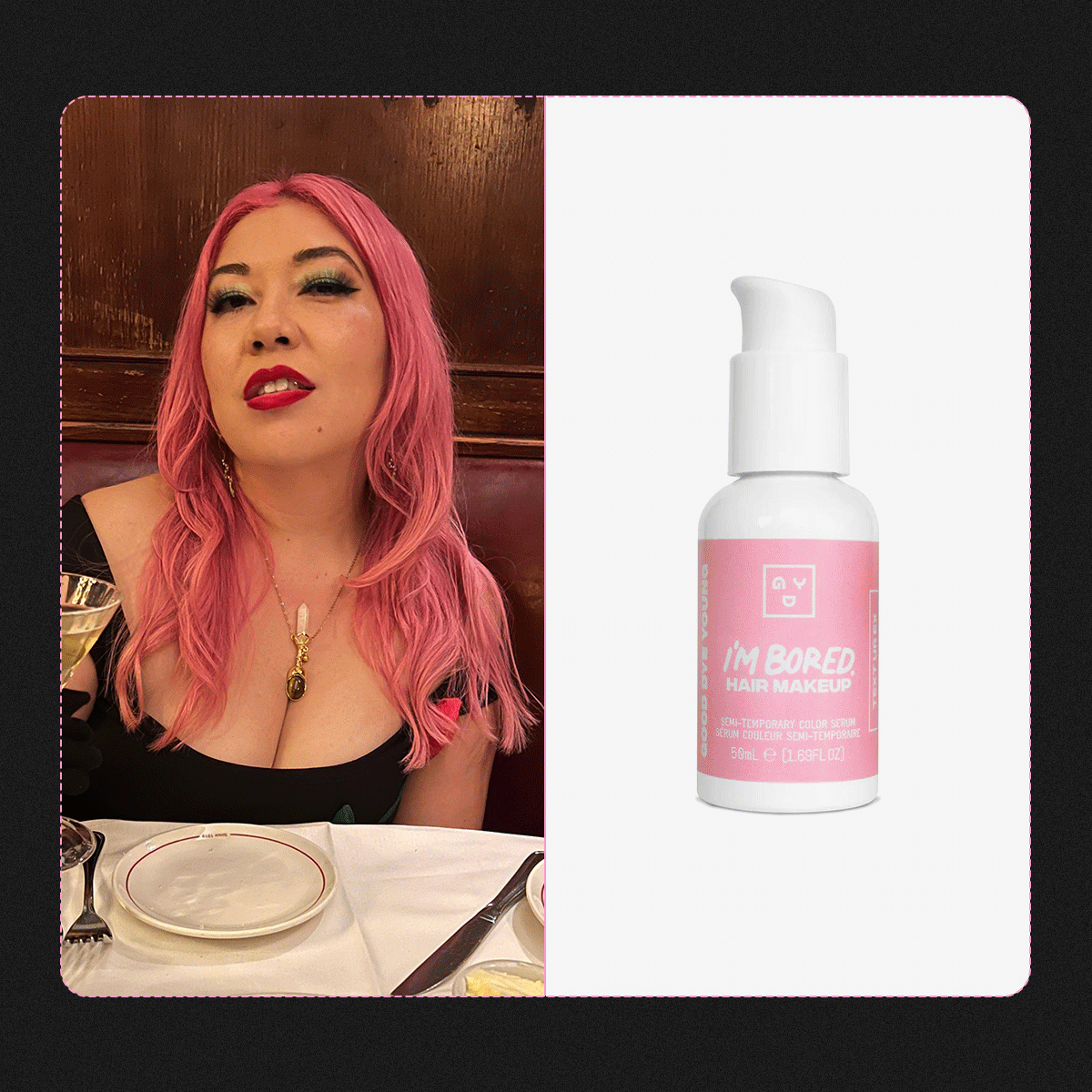 I Consider Pink Hair My "Natural" Color—My Best Tips and Product Recommendations
I Consider Pink Hair My "Natural" Color—My Best Tips and Product RecommendationsPlus, all of the color-preserving products I swear by.
By Marie Lodi
-
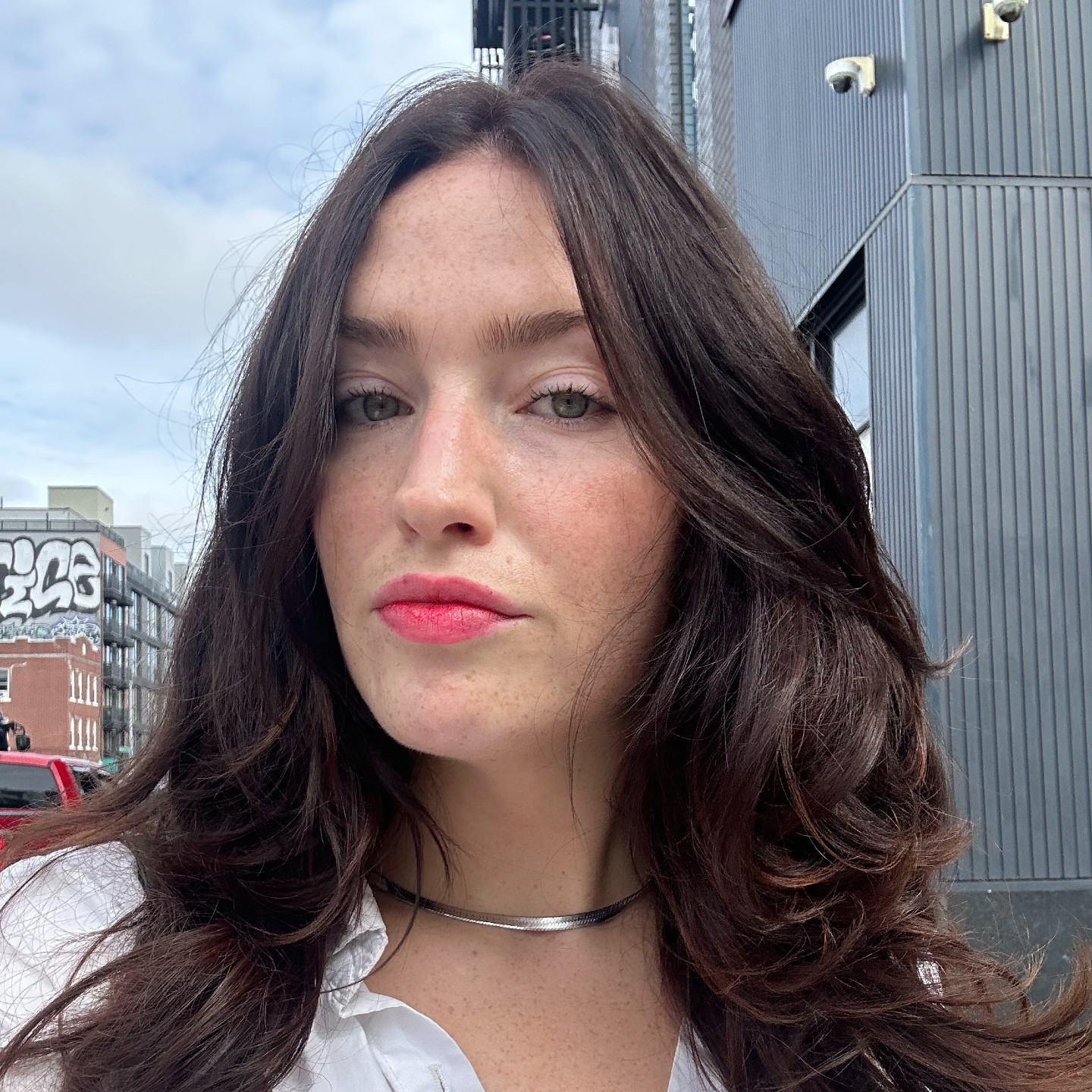 A French Colorist Says *This* Is Every Euro Girl's Secret to Flawless Hair Color
A French Colorist Says *This* Is Every Euro Girl's Secret to Flawless Hair ColorThe "European method" is too good to gatekeep.
By Katie Berohn
-
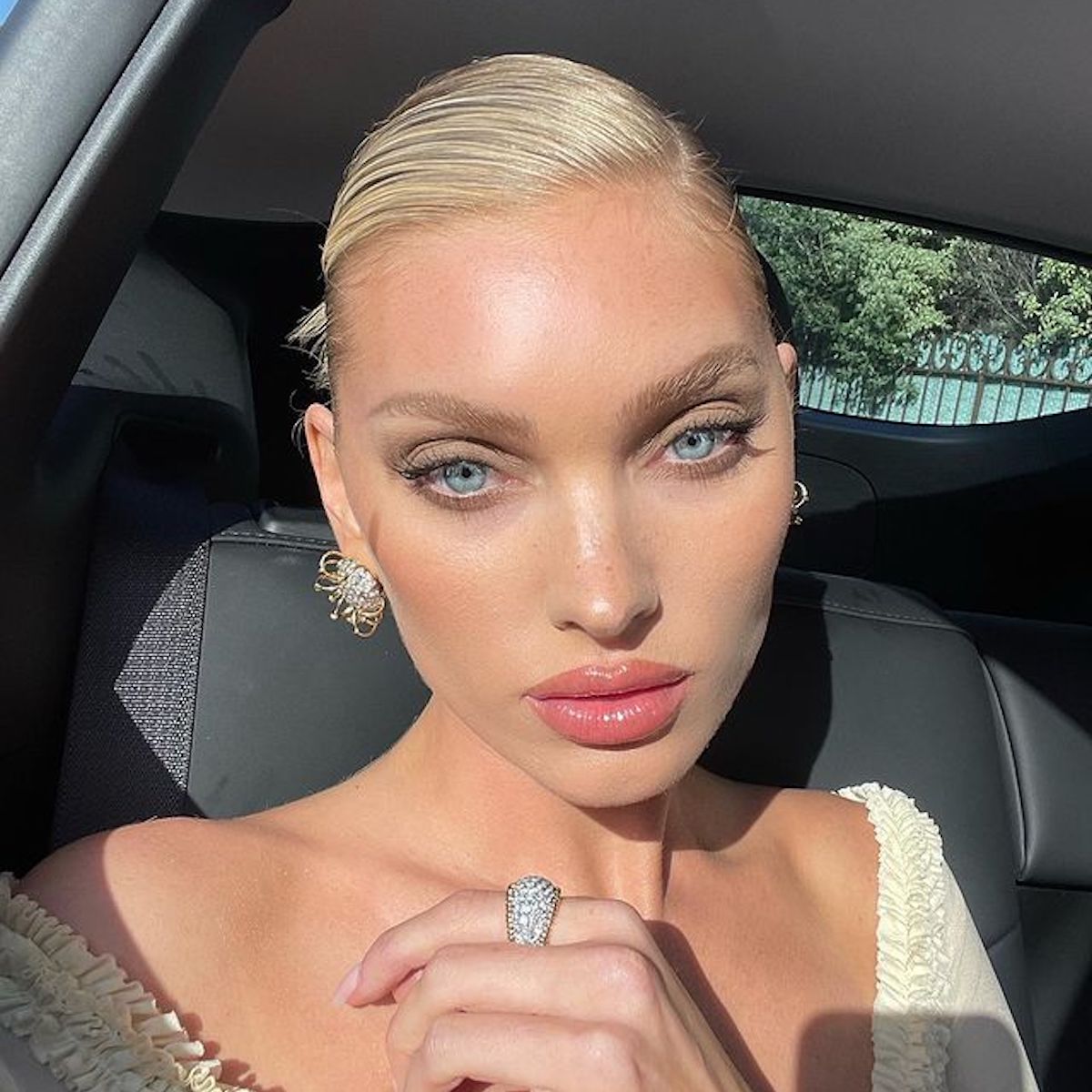 The "Scandi Hairline" Technique Is Trending on TikTok—How It Can Make You Glow
The "Scandi Hairline" Technique Is Trending on TikTok—How It Can Make You GlowCelebs love it too.
By Kaitlyn McLintock
-
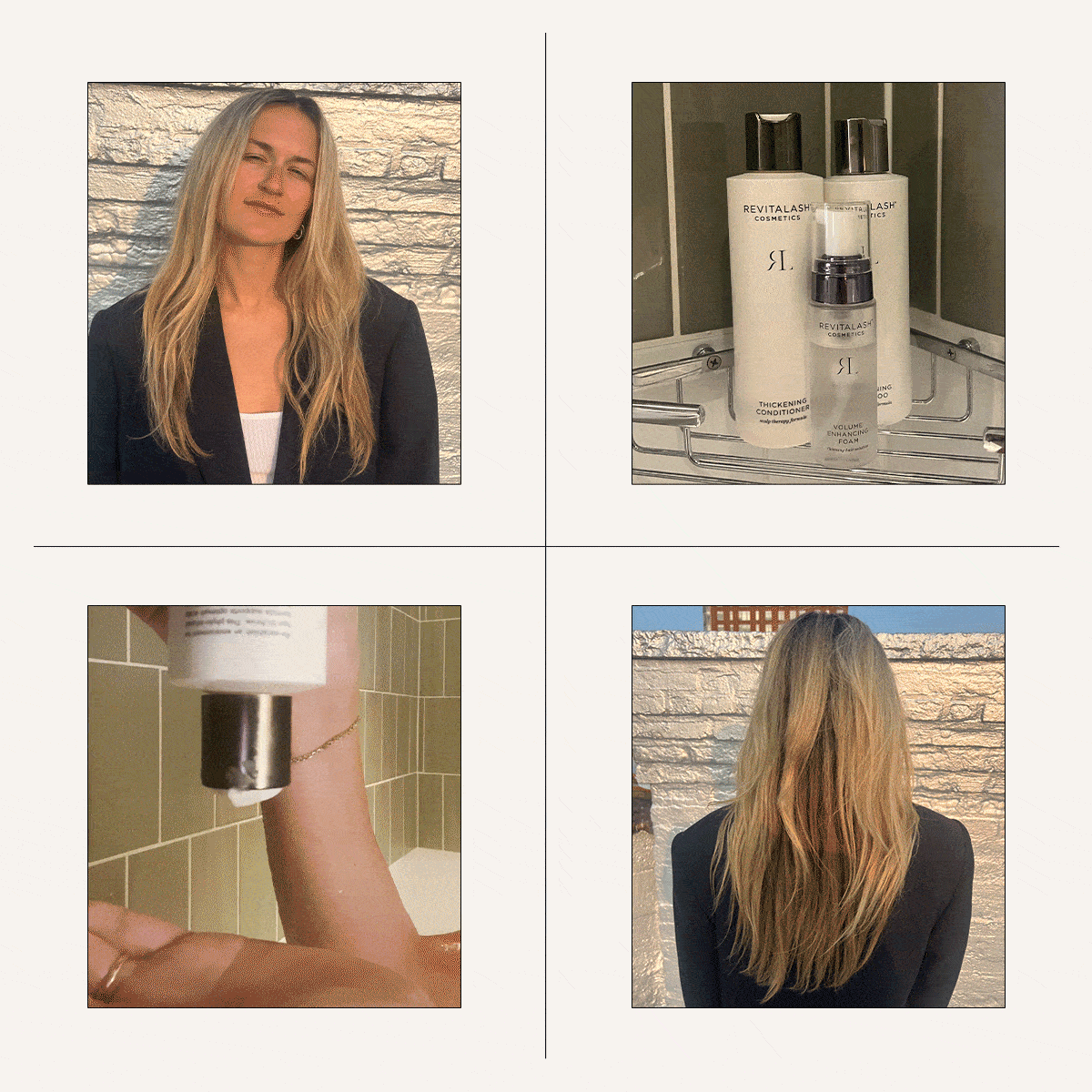 I've Been Bleaching My Hair for a Decade—These 3 Products Reversed the Damage
I've Been Bleaching My Hair for a Decade—These 3 Products Reversed the DamageConsider me impressed.
By Eliza Huber
-
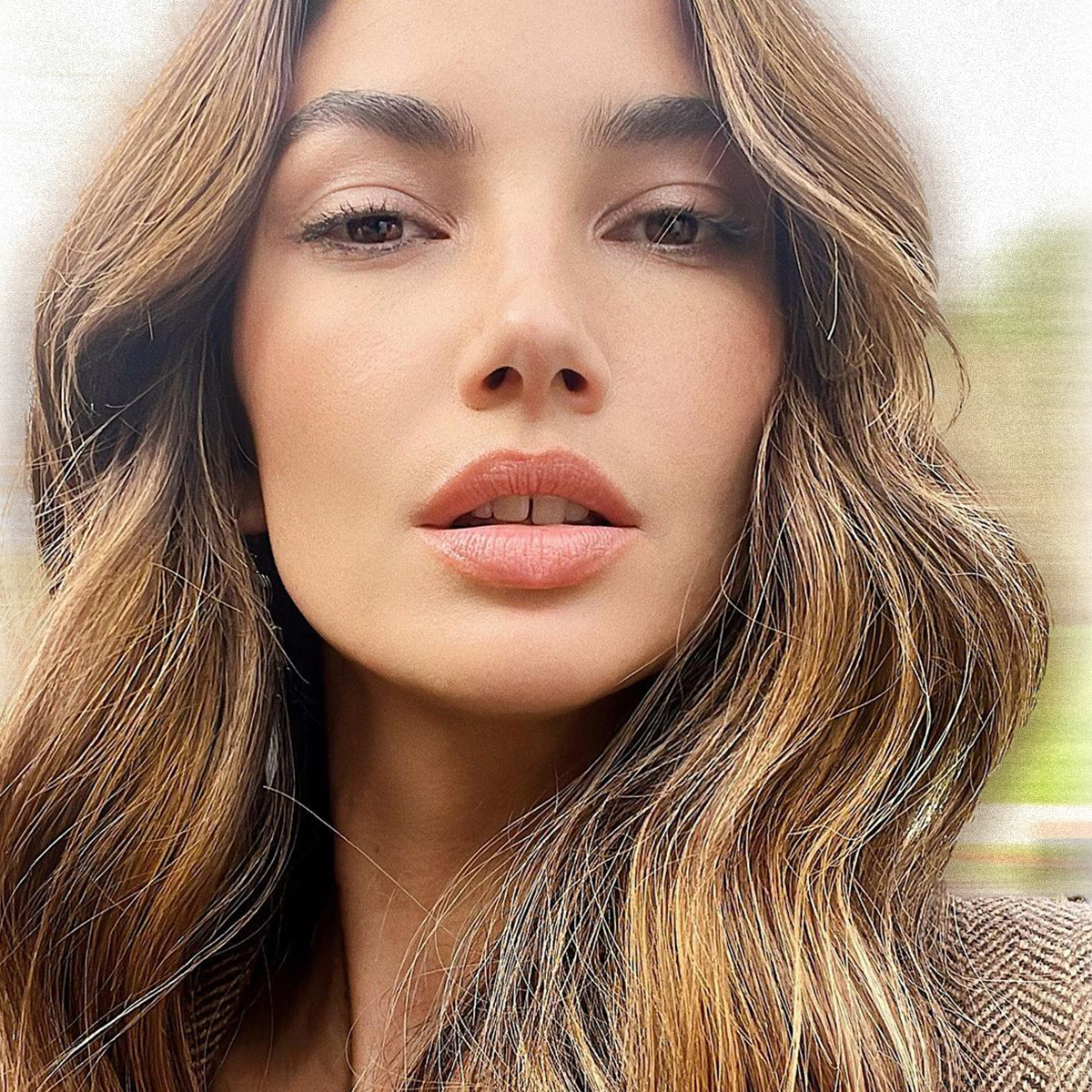 Four Trendy Spring Hair Colors Fashion Girls in L.A. & NYC Have on Their Radar
Four Trendy Spring Hair Colors Fashion Girls in L.A. & NYC Have on Their RadarA celeb hairstylist spills all.
By Maya Thomas
-
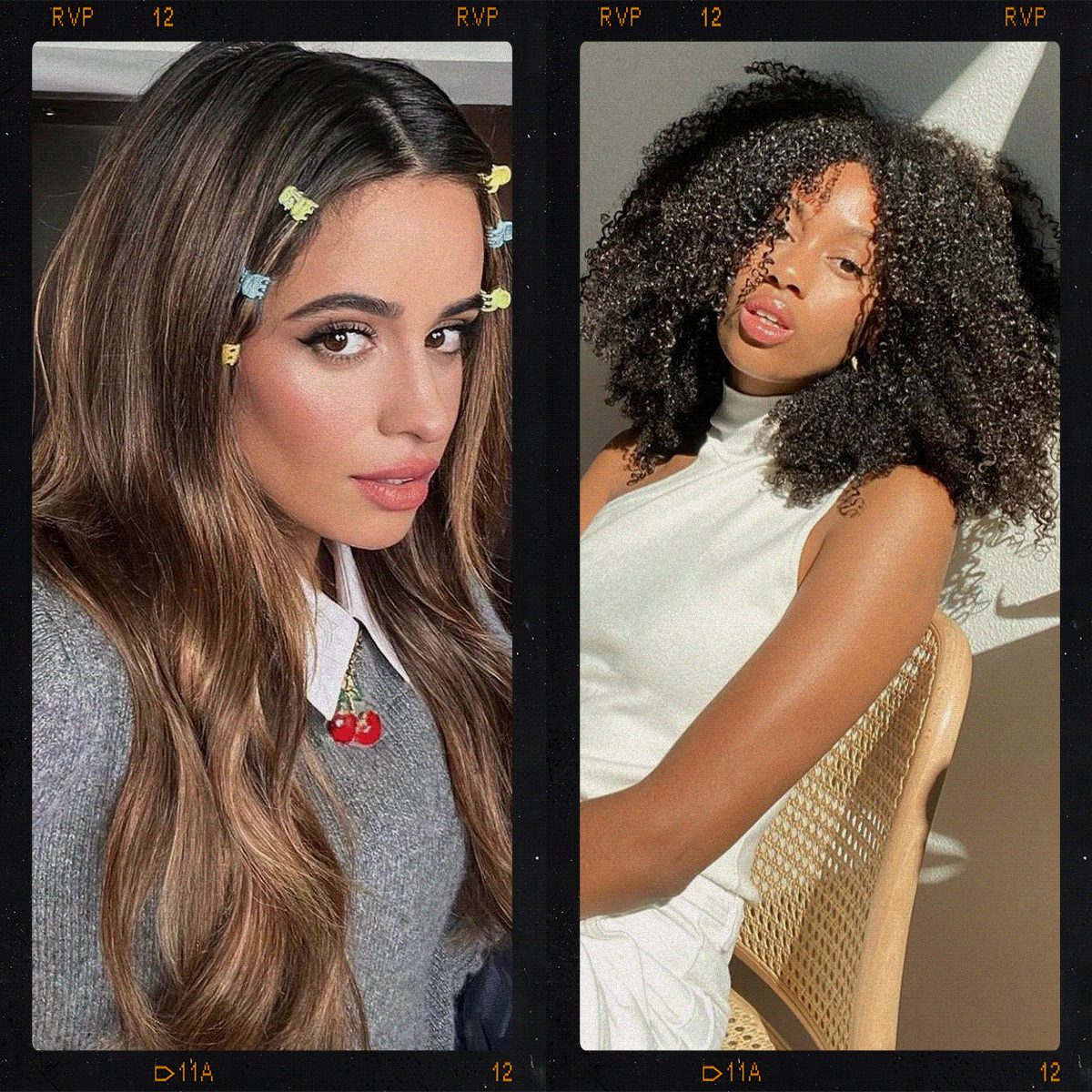 We Just ID'd Spring's Most Anticipated Hair Trends, and Yes, You'll Want Them
We Just ID'd Spring's Most Anticipated Hair Trends, and Yes, You'll Want ThemTwenty twenty-three won't know what hit it.
By Maya Thomas
